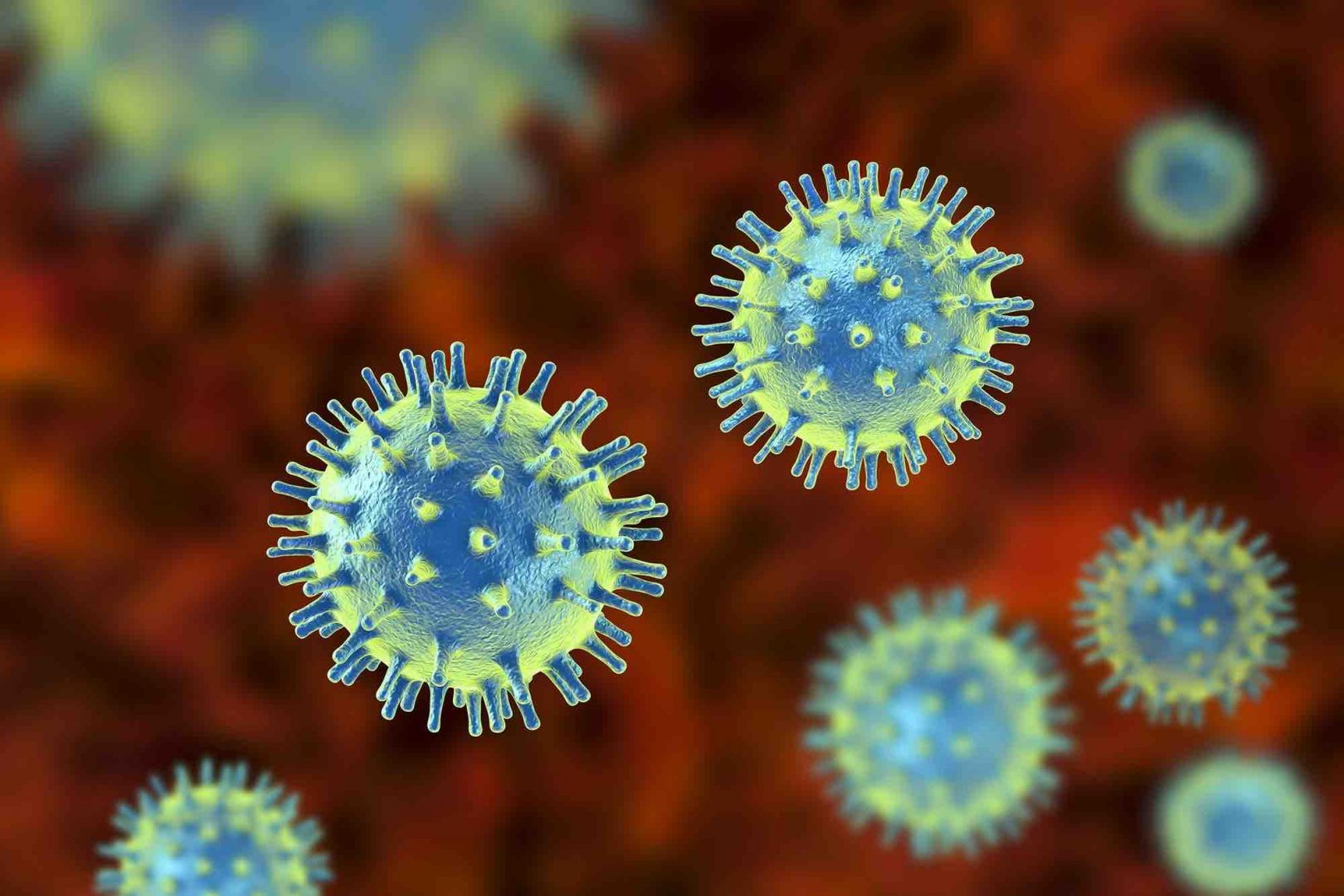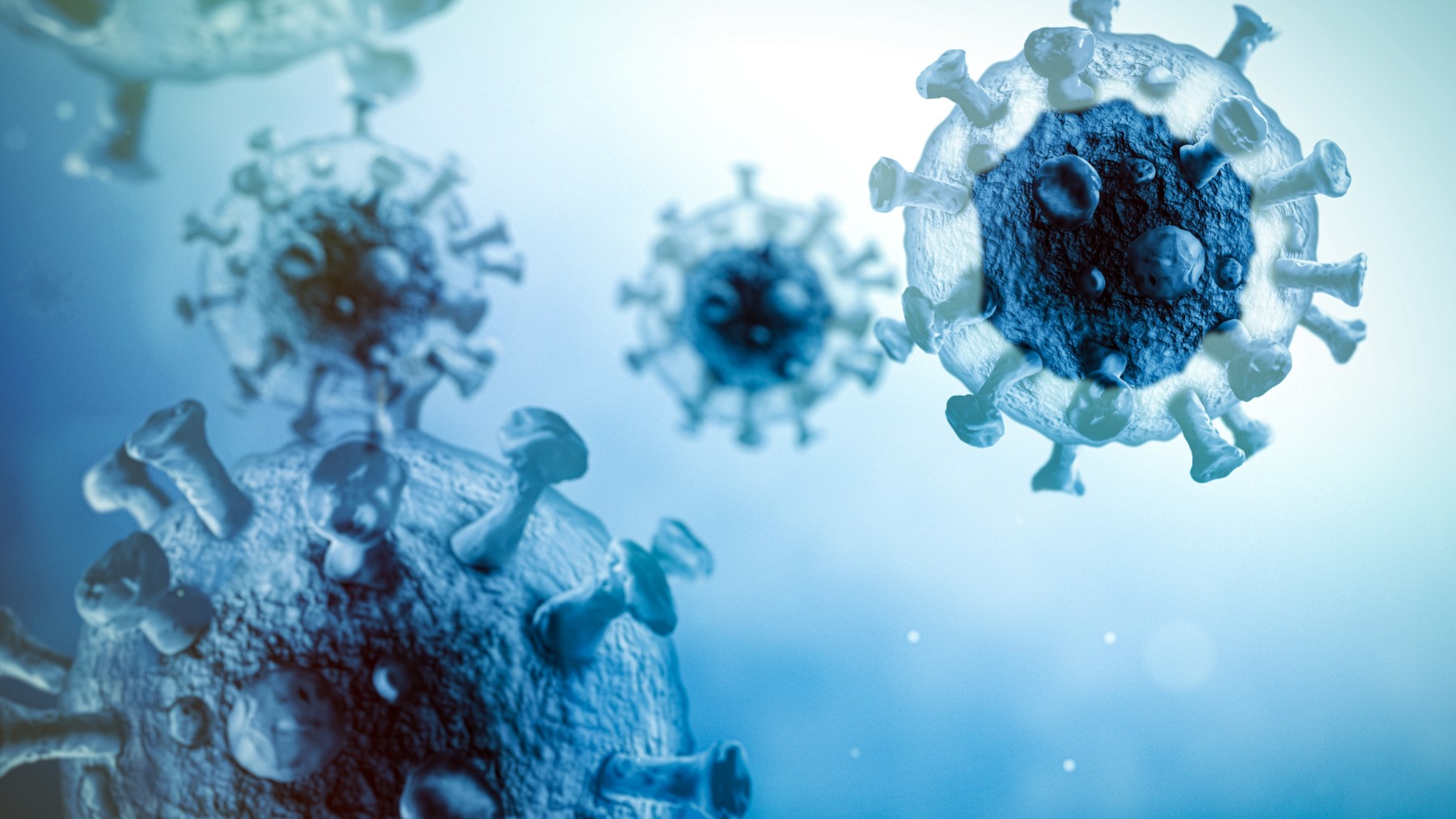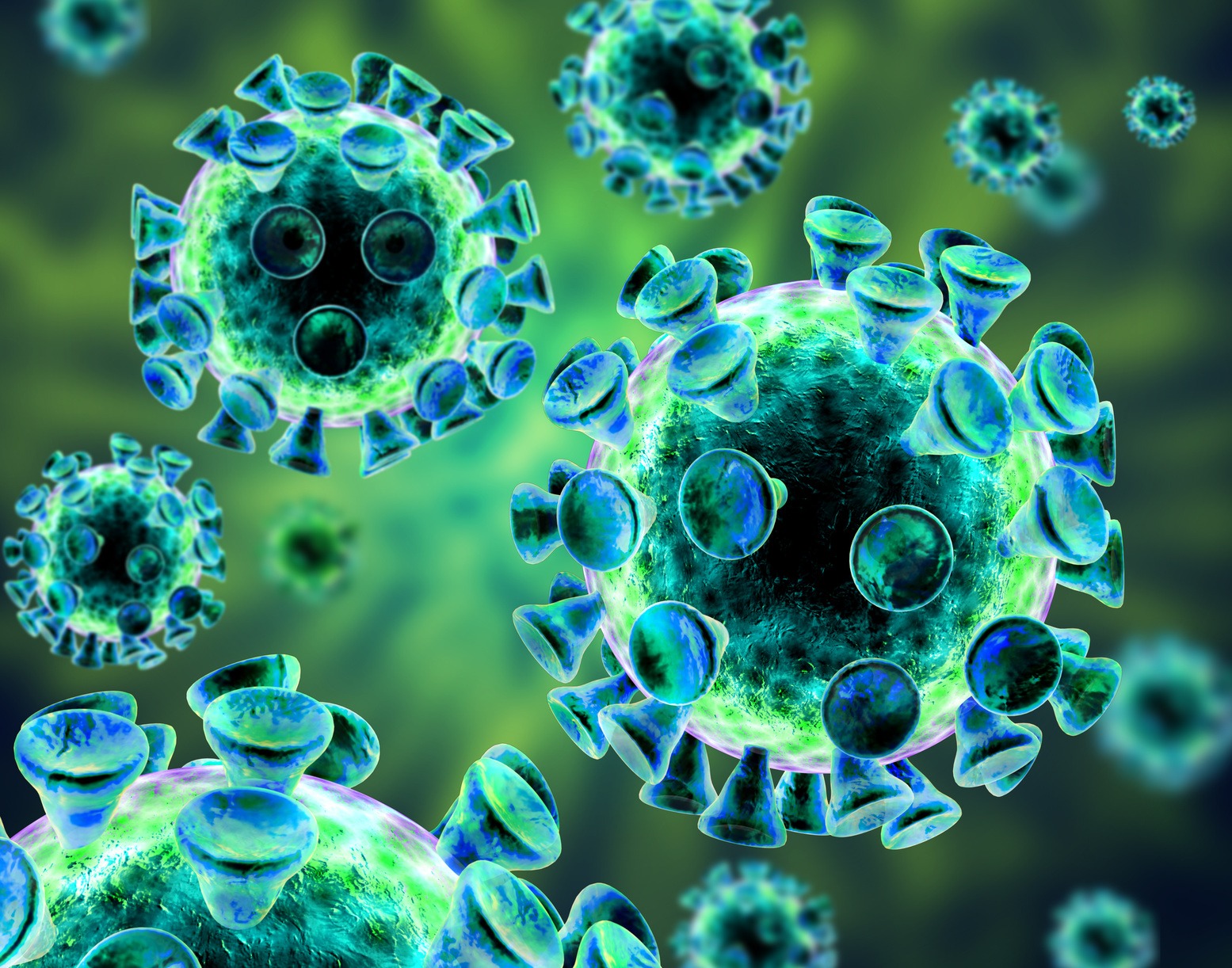· microbiology - bacteria, viruses, fungi: Virus, microscopic, simple infectious agent that can multiply only in living cells of animals, plants, or bacteria. The amount and arrangement of the proteins and nucleic acid of viruses determine their size and shape. · virus, infectious agent of small size and simple composition that can multiply only in living cells of animals, plants, or bacteria. A virus reproduces itself by taking over a living cell and making it into a virus factory. Filoviruses have enveloped virions (virus particles) appearing as variably elongated filaments that are about 80 nm (1 nm = 10−9 metre) … · the disease is caused by the measles virus, which spreads through droplets that are released into the air by coughing and sneezing. · virus - infection, host, replication: Encyclopædia britannica, inc. · virus - structure, capsid, genome: · virus - infection, structure, replication: Filovirus, any virus belonging to the family filoviridae. The virus can linger in the air for as long … The nucleic acid and proteins of … Viruses can reproduce only within a host cell. Viruses possess unique infective properties and … Although viruses were originally discovered and characterized on the basis of the diseases they cause, most viruses that infect bacteria, … · black death, pandemic that ravaged europe between 1347 and 1351, taking a proportionately greater toll of life than any other known epidemic or war up to that time. The parental virus (virion) gives rise to numerous progeny, usually genetically and structurally … The major groups of microorganisms—namely bacteria, archaea, fungi (yeasts and molds), algae, protozoa, and …
This Virus Was Eradicated...Until Now. Millions At Risk.
· microbiology - bacteria, viruses, fungi: Virus, microscopic, simple infectious agent that can multiply only in living cells of animals, plants, or bacteria. The amount...




